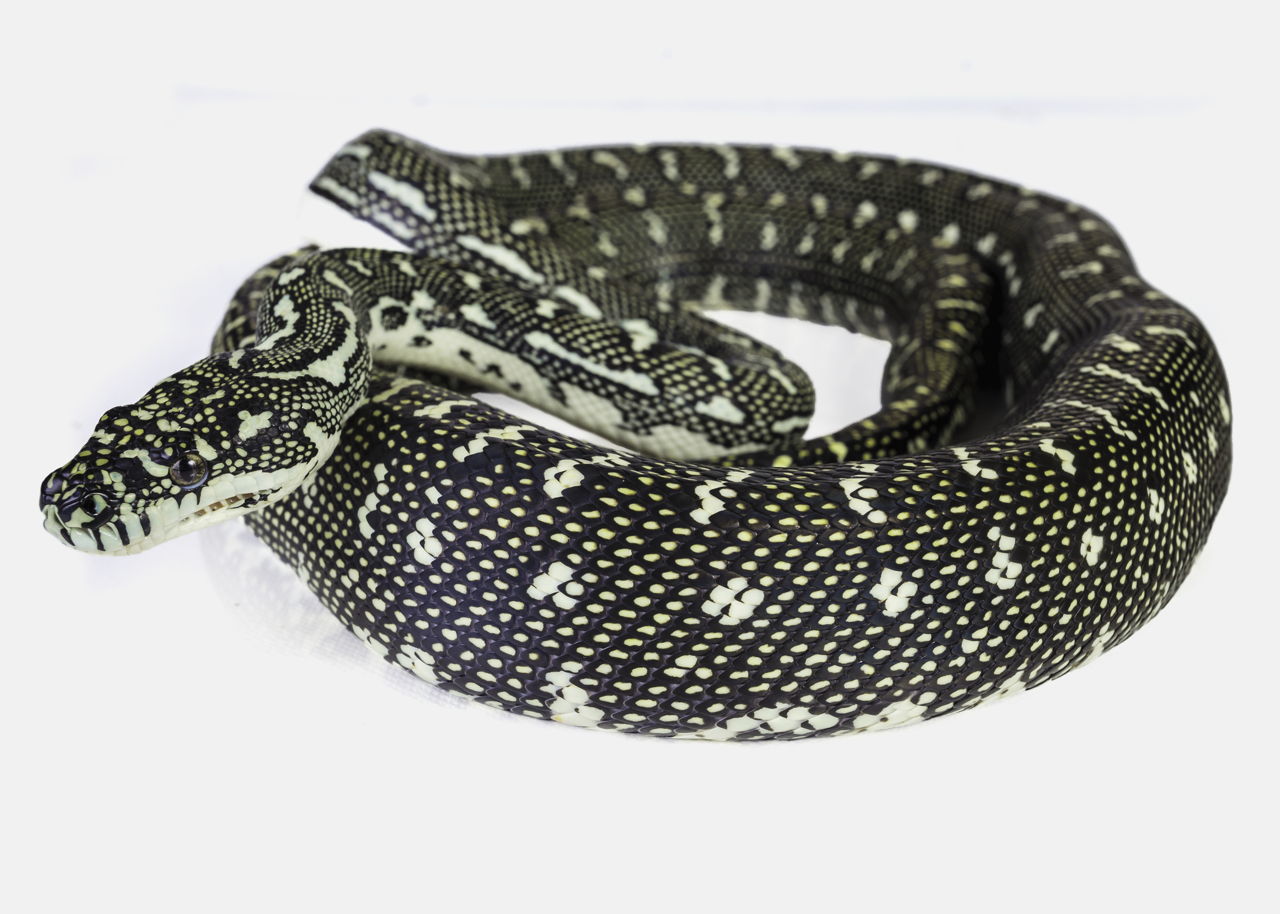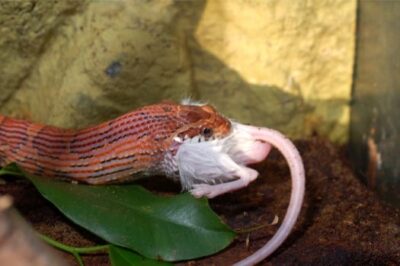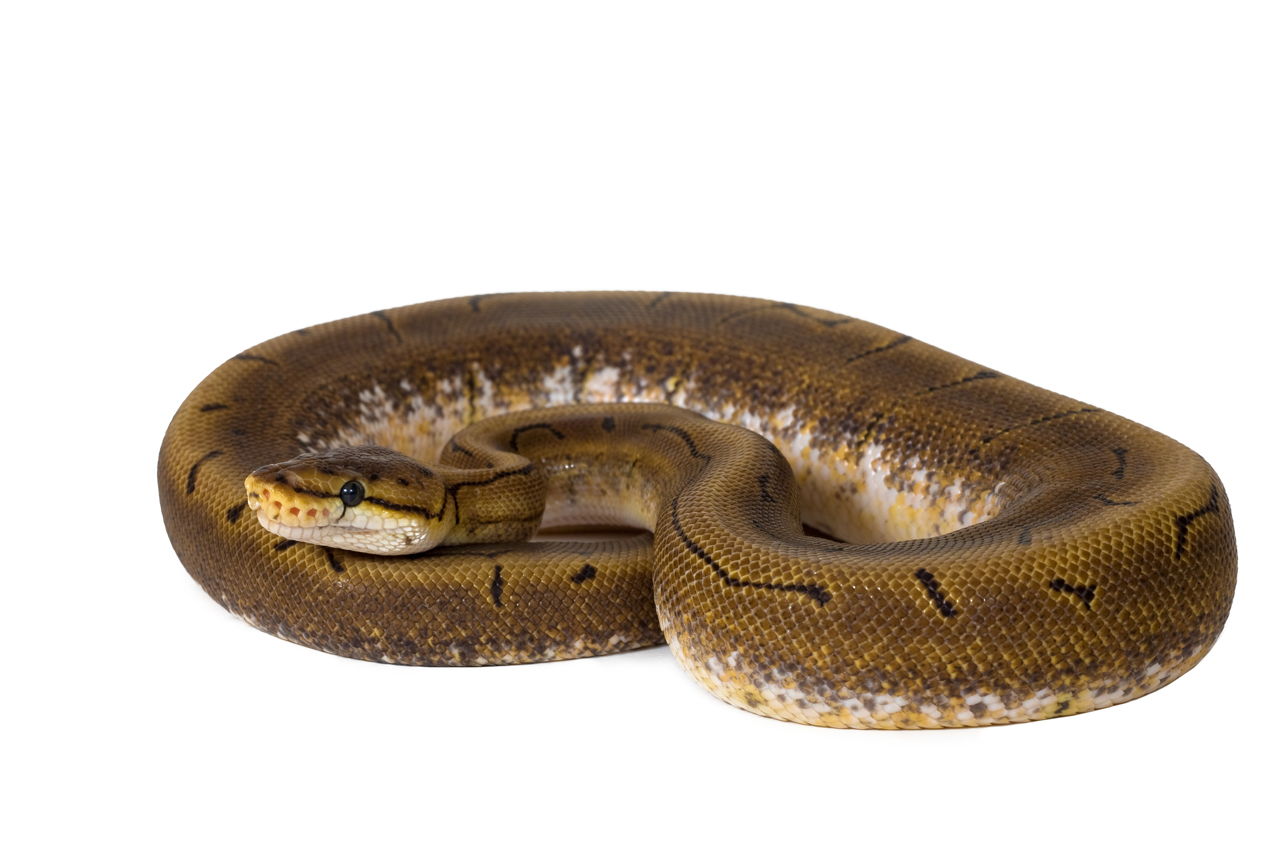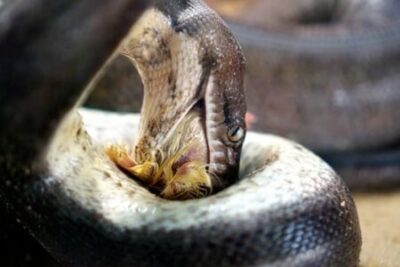How Does A Snake Digest Its Food
Fur or feathers cant be digested by snakes as theyre made from keratin which is an undigestable substance. This raises questions about the length of time it takes a snake to digest food.

Pin On Animal Pin Photo Gallery
When eating smaller prey a snake can use its jaws to push a worm or rodent down its digestive tract but for larger meals snakes use bones in their head and jaw to.

How does a snake digest its food. Fangs even without venom puncture the skin of their prey which helps digestive fluids get into the prey after its been swallowed. This is probably part of the reason why snakes evolved fangs and venom in the first place. They will eat a huge massive meal maybe a rabbit maybe something bigger - I think youve all seen the picture of a snake trying to eat the alligator - and they have.
In this video I explain how snakes swallow big things. Other snakes survive by growing bigger heads to broaden prey options during periods of famine. After eating the pH of its stomach drops from 7 to 2 within 24 hours.
The large intestine ends in the rectum which in turn opens up to the cloaca that leads to the opening outside the body. Snakes dont chew their food into smaller pieces in order to aid digestion the way we do. The stomach is a j-shaped organ in which most of the digestion occurs in snakes.
Does a prairie ring-necked snake need heat. As a result snakes need to swallow their prey whole and slowly digest the food which they can only do through a few evolutionary advantages. Snakes tend to eat rats birds and their eggs mice chipmunks frogs gophers and other small rodents.
First of all as far as I know snakes can go about a month between meals or at least Burmese pythons tend to go about a month between meals. All snakes digest food using strong stomach acid and enzymes. They are therefore physiologically fine tuned to.
A new research investigated how a snake can digest its meals skeleton turning it into a more nutrition-packed snack. Snakes eat infrequent but large meals swallowing their meals whole. This means that you wont need to feed your pet snake very often.
Snakes need a narrow band of high temperatures in order to digest their food - typically 22-28 degrees Celsius. As a result the snake has developed a powerful digestive system. However they do not have the appropriate teeth needed to chew and swallow their prey.
Some might go for even longer. Ever wondered how a snake can swallow something larger than its head. As compared to other parts of the digestive system of a snake the large intestine is the least muscular and thin-walled structure.
John MosessoNBII Some snakes can survive without food for two years at a time by digesting their own hearts a new study shows. How Snakes Digest Their Food Snakes are carnivores and as such have an appetite which includes live animals. Strong digestive enzymes and stomach acid can then get to work breaking down the animal including bones.
So how do they digest their food. Enzymes including pepsin start dissolving the. Its teeth will hold the animal in place as it is slowly pulled into the snakes mouth.
This includes the bones fur skin and feathers of their prey. Snakes need a narrow band of high temperatures in order to digest their food - typically 22-28 degrees Celsius. Can you hold a snake after it eats.
The cells of the stomach secrete digestive enzymes and gastric juices that breakdown proteins. Poisonous or venomous snakes inject poison or venom into their prey. When the food reaches the stomach it generally sticks around for a few days.
This starts the digestive process even before the snake swallows that food. Snakes take an average of 4-5 days to digest food from eating the meal to defecation. The small intestines is a long narrow coiled tube where absorbance of nutrients takes place.
The food then passes through the pyloric valve and into the small intestines. The food is sent to the large intestine through the cecum. This ratsnake Elaphe obsoleta goes to extreme lengths to survive hard times Image.
When a snake is ready to eat its prey it will open its mouth wide and move its lower jaw over the preys body. The warmer their habitat the faster they digest their food. Diana - Okay interesting question.
The prey stays in the stomach for days which allows it to digest bones. Snakes take far longer to digest their food than we do for a number of reasons. Interestingly snakes are unable to digest fur or feathers.
All snakes need heat to digest food. Saliva is also a diges. They have long necks they eat their food whole and they have a slow metabolism.
Leave it for at least 2 days so it can digest.

Sounds Like My Narcex The More You Know Snake Survival

Pin On Questions And Answers About Snakes

How Long Does It Take A Snake To Digest My Snake Pet

You Ll Be Stunned To Know How Snakes Digest Their Food Animal Sake

Pin On Questions And Answers About Snakes

You Ll Be Stunned To Know How Snakes Digest Their Food Animal Sake

How Long Does It Take Snakes To Digest Their Food Snakes For Pets

You Ll Be Stunned To Know How Snakes Digest Their Food Animal Sake

Pin On Connect Extend Harry Potter And The Sorcerer S Stone

What Size Rodent Should You Feed Your Snake Youtube

How Do Snakes Digest Bones And Fur Snakes For Pets












Posting Komentar untuk "How Does A Snake Digest Its Food"